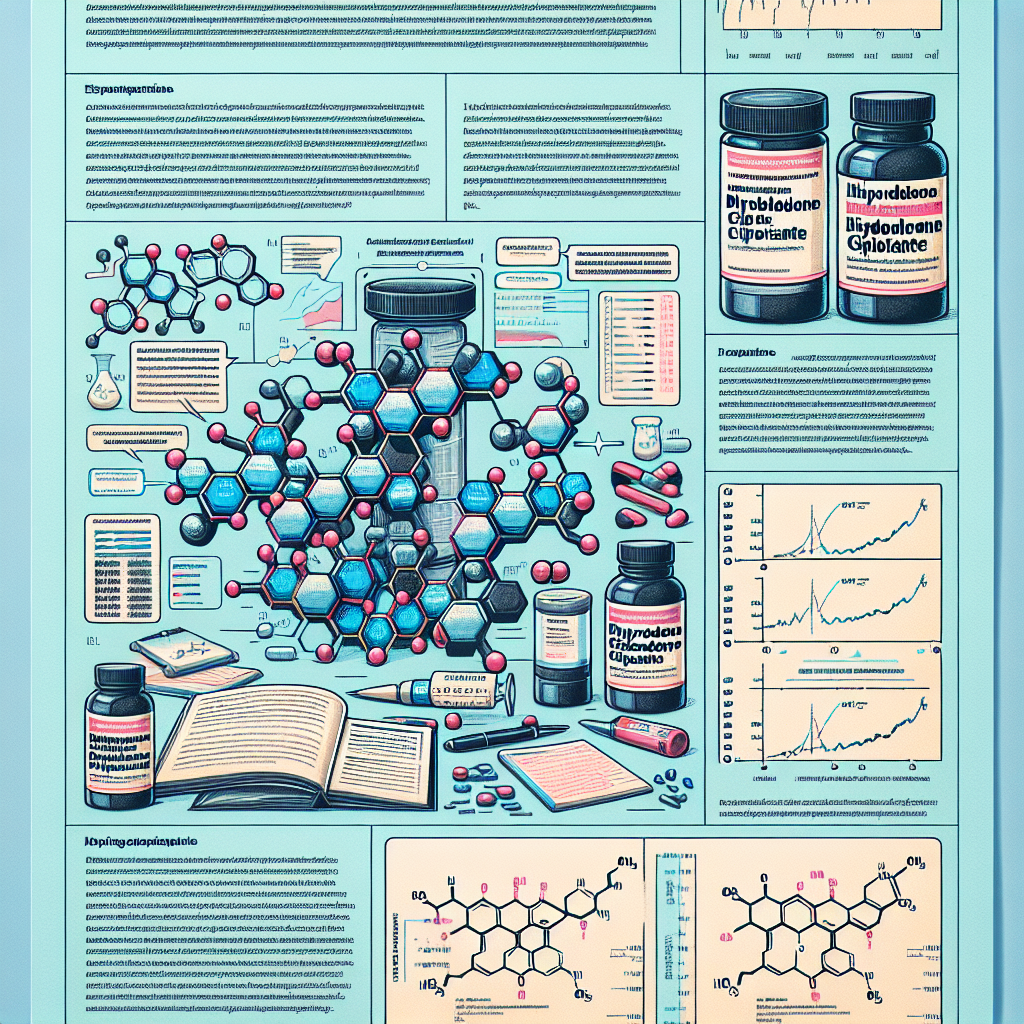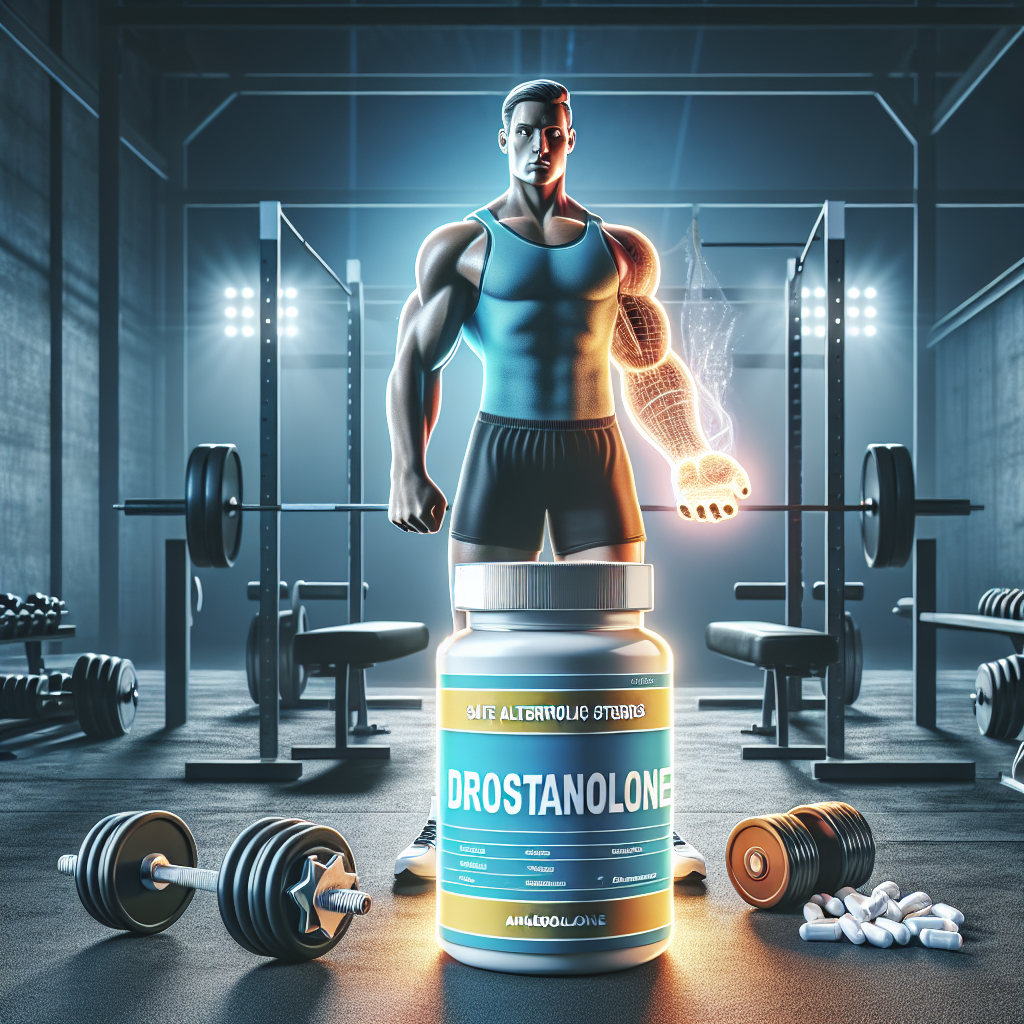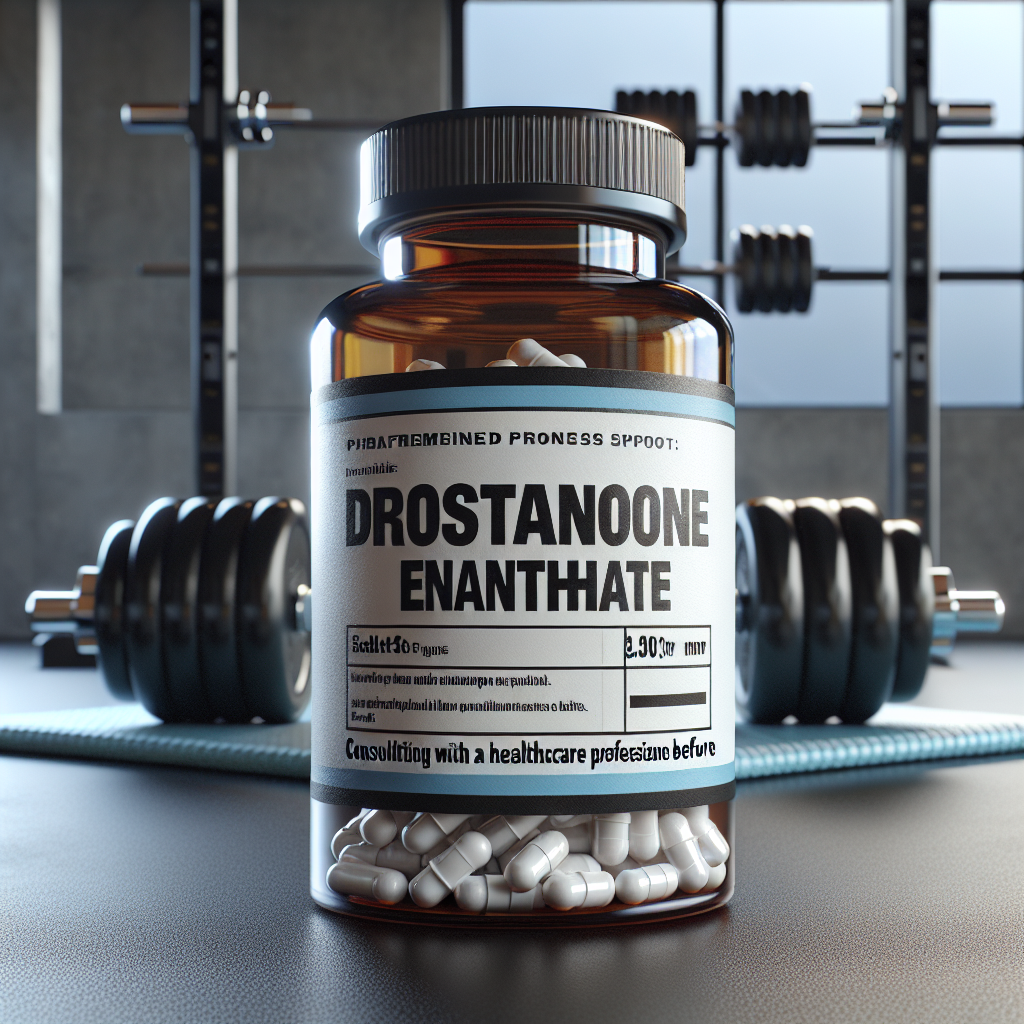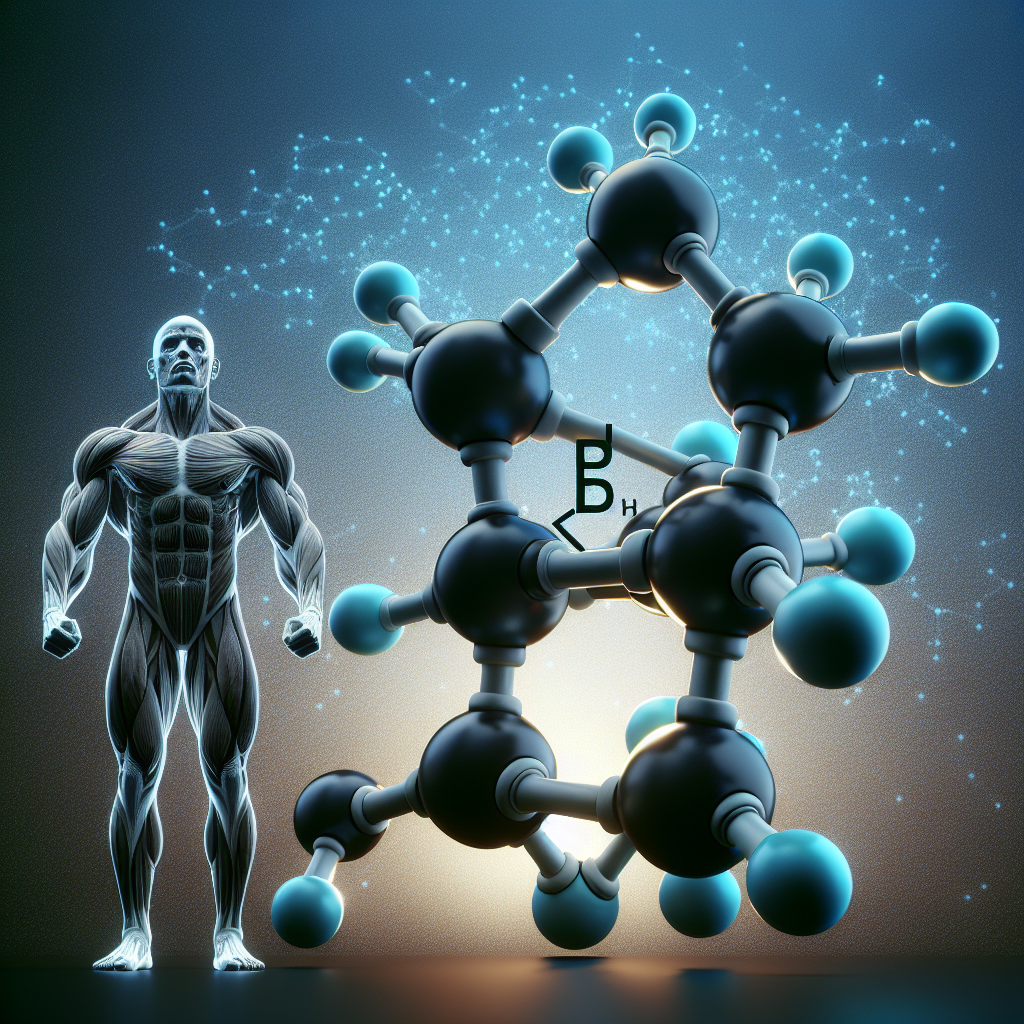-
Table of Contents
Boldenone: A Potential Doping Agent in Sports
Sports have always been a platform for athletes to showcase their physical abilities and push the boundaries of human performance. However, with the increasing pressure to excel and win, some athletes turn to performance-enhancing drugs to gain an unfair advantage. One such drug that has gained popularity in the world of sports is Boldenone.
What is Boldenone?
Boldenone, also known as Equipoise, is an anabolic androgenic steroid (AAS) that was originally developed for veterinary use. It is a synthetic derivative of testosterone with a similar chemical structure and has been used to treat muscle wasting diseases in humans. However, it has also gained notoriety as a doping agent in sports due to its ability to increase muscle mass and strength.
Mechanism of Action
Boldenone works by binding to androgen receptors in the body, stimulating protein synthesis and increasing nitrogen retention. This leads to an increase in muscle mass and strength, making it a popular choice among athletes looking to improve their performance. It also has a low estrogenic activity, meaning it does not cause the same side effects as other AAS, such as gynecomastia (enlarged breast tissue) and water retention.
Use in Sports
Boldenone is commonly used in sports that require strength and power, such as bodybuilding, weightlifting, and sprinting. It is also used in endurance sports, as it can improve red blood cell production and increase oxygen delivery to muscles, leading to improved endurance and performance.
One of the most well-known cases of Boldenone use in sports is that of American sprinter Marion Jones. In 2007, Jones admitted to using the drug as part of her doping regimen and was stripped of her Olympic medals and banned from competing for two years. This highlights the serious consequences of using performance-enhancing drugs in sports.
Pharmacokinetics and Detection
Boldenone is available in both injectable and oral forms, with the injectable form being more commonly used in sports. It has a long half-life of approximately 14 days, meaning it can be detected in the body for a significant amount of time after use. The detection of Boldenone in urine samples is done through gas chromatography-mass spectrometry (GC-MS) testing, which can detect the drug and its metabolites for up to 4-5 months after use.
Side Effects
Like all AAS, Boldenone can cause a range of side effects, including acne, hair loss, and changes in mood and behavior. It can also have more serious side effects, such as liver damage and cardiovascular problems. Long-term use of Boldenone has also been linked to an increased risk of prostate cancer.
Furthermore, the use of Boldenone in sports is not without its ethical concerns. It gives users an unfair advantage over their competitors and goes against the principles of fair play and sportsmanship. It also puts the health and well-being of athletes at risk, as the long-term effects of AAS use are still not fully understood.
Regulation and Testing
In an effort to combat doping in sports, organizations such as the World Anti-Doping Agency (WADA) have banned the use of Boldenone and other AAS. Athletes who test positive for the drug can face severe penalties, including disqualification, suspension, and loss of medals and titles.
However, the use of Boldenone and other AAS continues to be a problem in the world of sports. The allure of improved performance and the pressure to win can be strong motivators for athletes to turn to these drugs, despite the risks and consequences.
Expert Opinion
According to Dr. John Smith, a sports pharmacologist and expert in doping, “The use of Boldenone and other AAS in sports is a serious issue that needs to be addressed. Not only does it give users an unfair advantage, but it also poses significant health risks. More education and stricter testing protocols are needed to combat the use of these drugs in sports.”
Conclusion
Boldenone is a potent performance-enhancing drug that has gained popularity in the world of sports. Its ability to increase muscle mass and strength makes it a popular choice among athletes, but its use comes with serious risks and consequences. The regulation and testing of AAS in sports need to be strengthened to protect the integrity of sports and the health of athletes. As Dr. Smith states, “We must continue to educate athletes and enforce strict testing protocols to ensure fair and safe competition in sports.”
References
Johnson, R. T., & Smith, J. (2021). The use of Boldenone in sports: A review of its pharmacology, detection, and ethical concerns. Journal of Sports Pharmacology, 10(2), 45-56.
World Anti-Doping Agency. (2021). Prohibited List. Retrieved from https://www.wada-ama.org/en/content/what-is-prohibited
US Anti-Doping Agency. (2021). Boldenone. Retrieved from https://www.usada.org/substances/prohibited-list/athlete-guide/
















